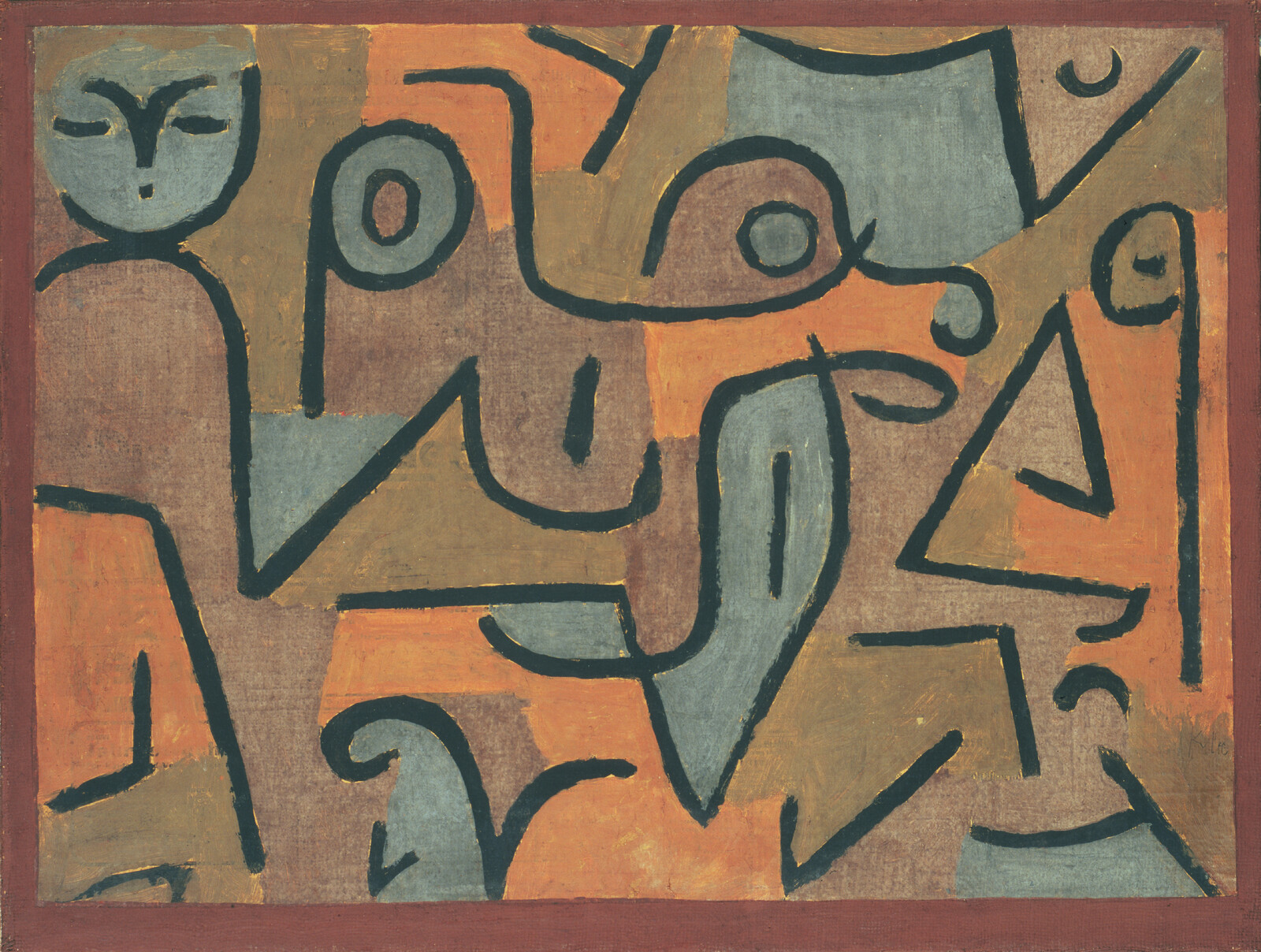February 3–May 6, 2018
1600 21st Street NW
Washington, D.C., 20009
United States
T +1 202 387 2151
Together with the Zentrum Paul Klee, The Phillips Collection is proud to present Ten Americans: After Paul Klee. The first exhibition to explore the seminal role of Swiss-born artist Paul Klee in the development of mid-20th century American art, the exhibition includes more than 60 works from collections in the United States and Switzerland.
Shedding new light on important figures in American Abstract Expressionist and Color Field painting, Ten Americans reveals the broader context of global cultural exchanges between the United States and Europe in the decades after World War II. The exhibition is the first to feature works by Klee in dialogue with William Baziotes, Gene Davis, Adolph Gottlieb, Norman Lewis, Robert Motherwell, Kenneth Noland, Jackson Pollock, Theodoros Stamos, Mark Tobey, and Bradley Walker Tomlin. These artists either acknowledged the importance of Klee’s work to their own artistic development or learned of his artistic approach through other figures.
“In assembling a fine collection of 13 works by Klee between 1930 and 1953, Duncan Phillips played a pivotal role in bringing Klee to the attention of American artists and audiences,” said Phillips Director Dorothy Kosinski. “This groundbreaking exhibition, co-organized with the Zentrum Paul Klee, offers visitors fresh insight into Klee’s profound significance on a young generation of postwar abstract artists in America.”
Paul Klee and America
A successful artist and inspirational teacher in Germany, Paul Klee (1879–1940) first found acclaim at the Bauhaus and later at the Düsseldorf Academy of Art. In 1933, the Nazis labeled him a “degenerate” artist due to the avant-garde nature of his work. Klee and his wife, Lily, left Düsseldorf for his hometown of Bern, Switzerland, where they remained until his death in 1940. There, Klee created a prolific body of mature work.
Although he never traveled to the United States, Klee’s art appeared there en masse and was quickly and enthusiastically embraced by a group of emerging American abstract painters. The freedom of Klee’s non-didactic, stylistically open-ended work—whether abstract or figurative, tied to universals of experience or to the banal encounters of everyday life—provided an inspiring example that helped stimulate exciting new directions in postwar American art.
Paul Klee and The Phillips Collection
Museum founder Duncan Phillips became a stalwart champion of Klee’s work in the United States. Between 1930 and 1953, he assembled 13 of Klee’s finest works in oil and watercolor spanning the artist’s career—a unit that remains a cornerstone of the museum’s collection. Phillips placed Klee’s work on nearly continuous view after 1948 in what came to be known as “the Klee room” at the Phillips, a space that became an abiding source of inspiration for the generation of American painters working during midcentury, such as Mark Tobey, Kenneth Noland, and Gene Davis.
Image Gallery
High-resolution press images for Ten Americans: After Paul Klee are available by request. For access, please contact Miriam Magdieli, mmagdieli [at] phillipscollection.org.
Sponsors
Ten Americans: After Paul Klee is co-organized by The Phillips Collection and the Zentrum Paul Klee.
The exhibition and its publication were made possible with support from the Terra Foundation for American Art.
This exhibition is presented by Altria Group.
Support for the presentation at The Phillips Collection was provided by the Mr. and Mrs. Raymond J. Horowitz Foundation for the Arts, the Ednah Root Foundation, and Eric Richter.
Additional in‐kind support provided by Farrow & Ball.
About The Phillips Collection
The Phillips Collection, America’s first museum of modern art, is one of the world’s most distinguished collections of Impressionist and modern American and European art. Artists represented in the collection include Pierre-Auguste Renoir, Vincent van Gogh, Edgar Degas, Henri Matisse, Pierre Bonnard, Pablo Picasso, Georgia O’Keeffe, and Richard Diebenkorn, among others. The permanent collection has grown to include more than 1,000 photographs and works by contemporary artists such as Anselm Kiefer, Wolfgang Laib, and Leo Villareal. The Phillips Collection is a private, non-government museum, supported primarily by donations.
About the Zentrum Paul Klee
The Zentrum Paul Klee, designed by world famous architect Renzo Piano opened its doors in 2005. Zentrum Paul Klee has the largest and most significant collection worldwide of paintings, watercolors, and drawings by Klee and is the leading repository of archival and biographical material from all the periods of the artist’s life. A principal task of the museum is to ensure that the artistic, pedagogic, and theoretical work of Klee, as well as its importance within the cultural and social context, is scientifically developed. By organizing exhibitions that raise topical questions, present new scholarly interpretations, and embrace innovative forms of communication, Zentrum Paul Klee aims to bring Klee’s artistic legacy into the present.



